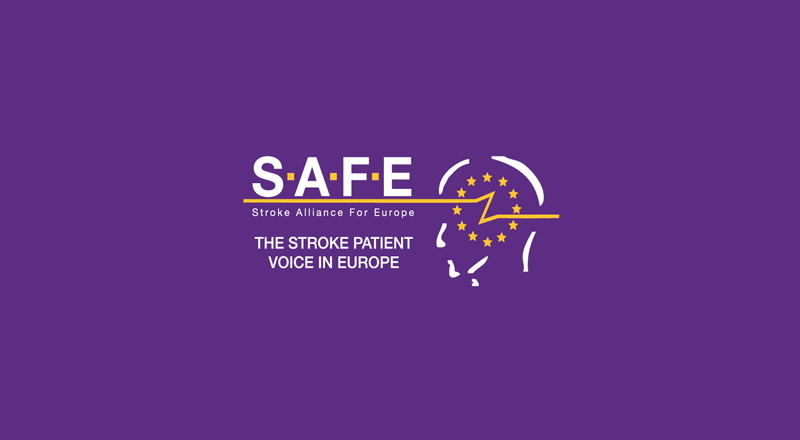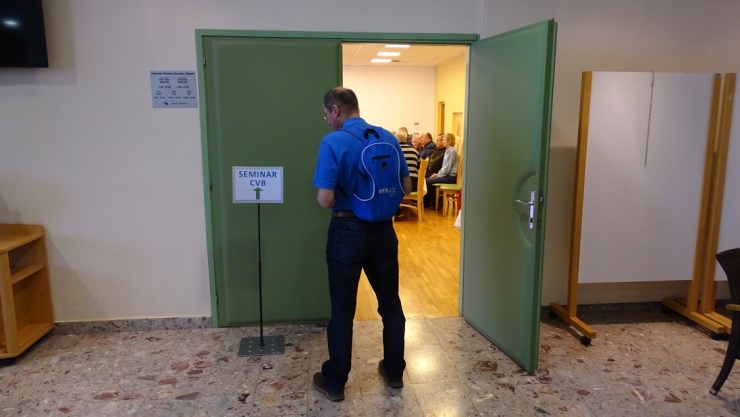
Feb 25, 2018
First published on ScienceDaily
Brain scans from stroke patients are being downloaded by researchers around the world to test algorithms that can process MRI images
A USC-led team has now compiled, archived and shared one of the largest open-source data sets of brain scans from stroke patients via a study published Feb. 20 in Scientific Data, a Nature journal.
The data set, known as Anatomical Tracings of Lesion After Stroke (ATLAS), is now available for download; researchers around the world are already using the scans to develop and test algorithms that can automatically process MRI images from stroke patients. In the long run, scientists hope to identify biological markers that forecast which patients will respond to various rehabilitation therapies and personalize treatment plans accordingly. (more…)

Feb 25, 2018
First published on ScienceDaily
A preliminary Phase 2 clinical trial has demonstrated that patients with acute ischemic stroke, the most common type of stroke, can safely tolerate high doses of 3K3A-APC, a promising anti-stroke drug invented at The Scripps Research Institute (TSRI). The trial results, announced by pharmaceutical company ZZ Biotech, also show that 3K3A-APC substantially reduced hemorrhage volume and hemorrhage incidence in patients.
“These results lay the groundwork for the next steps toward FDA approval,” says John Griffin, PhD, professor at TSRI, whose team invented 3K3A-APC. (more…)

Feb 25, 2018
Written by Jelka Janša, Slovenian Stroke Support Organisation
On February 12 -13, 2018 the Slovenian Stroke Club Forum took place at the Topolšica Thermal Spa. The first Slovenian forum was launched in the late 90-ties, followed by the positive examples from the Stroke association in the United Kingdom. In Slovenia, since then, each year there will be between two to four forums organised, depending on the content, size and amount of activities within the organisation. After forum being convened by the president of the Slovenian Stroke Support Organisation, a special chair is appointed for each forum.
Forum consist of the presidents from the local stroke clubs and board members. Forum itself supports the operational activities of the organisation, discusses immediate and future plans, liaise clubs’ activities with relevant local institutions and local associations, covers communication with local media, enables local fundraising, supports visits among the clubs. Usually, as an add-on, there would also be a professional lecture on a topic of interest to the forum. This time the topic was the Burden of stroke among stroke survivors and their relatives in Slovenia.
The first Stroke Club Forum in 2018 was convened by Mr. Milan Čuček, the president and Mrs. Tatjana Erjavec, the vice-president of the Slovenian Stroke Support Organisation. The participants, presidents from local clubs and some board members, were discussing and analyzing activities in 2017, and annual and long term plans of the Organisation. Immediate action plans have been targeted toward improvement of the ongoing monthly clubs’ meeting. Further they were exploring ways to increase membership and expanding fundraising capabilities. In addition, there are two activities planned for May 2018; organized events to mark the European Stroke day and promotion of »The Stroke Action Plan«document in Slovenia.
Overall, forum was dynamic, stimulating and allowed plenty of constructive discussion.

Slovenian Stroke Club Forum, photo by Združenje bolnikov s cerebrovaskularno boleznijo



Feb 21, 2018
First published on ScienceDaily
A groundbreaking new wearable designed to be worn on the throat could be a game-changer in the field of stroke rehabilitation.
Developed in the lab of Northwestern University engineering professor John A. Rogers, in partnership with Shirley Ryan AbilityLab, the sensor is the latest in Rogers’ growing portfolio of stretchable electronics that are precise enough for use in advanced medical care and portable enough to be worn outside the hospital, even during extreme exercise. (more…)

Feb 16, 2018
First published on ScienceDaily
Being a short kid is associated with increased risk of having a stroke in adulthood, according to Danish research published in Stroke, an American Heart Association journal.
A prospective study examined data on more than 300,000 Danish schoolchildren — born between 1930-1989 who were examined at ages 7, 10 and 13. Researchers noted that boys and girls who were 2 to 3 inches shorter than average for their age were at increased risk of clot-related (ischemic) stroke in adult men and women and of bleeding stroke in men. (more…)








